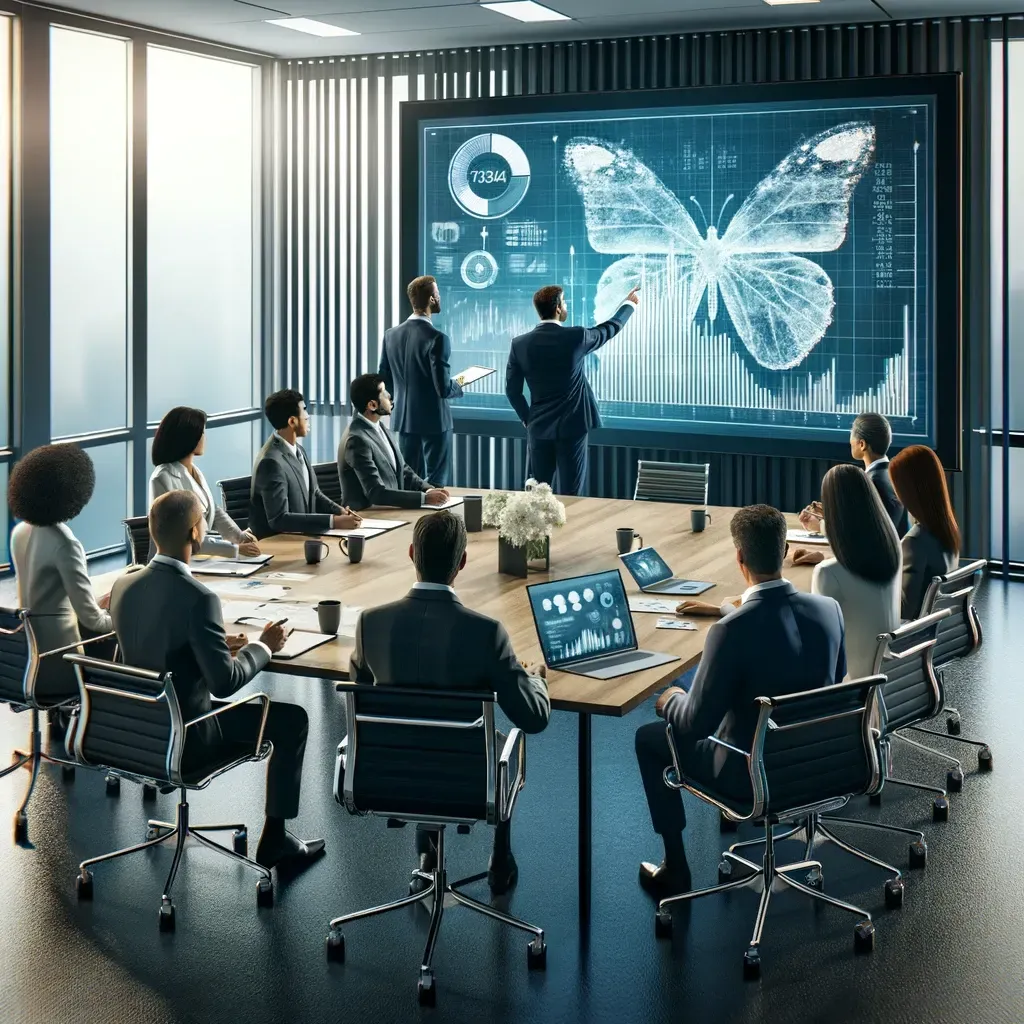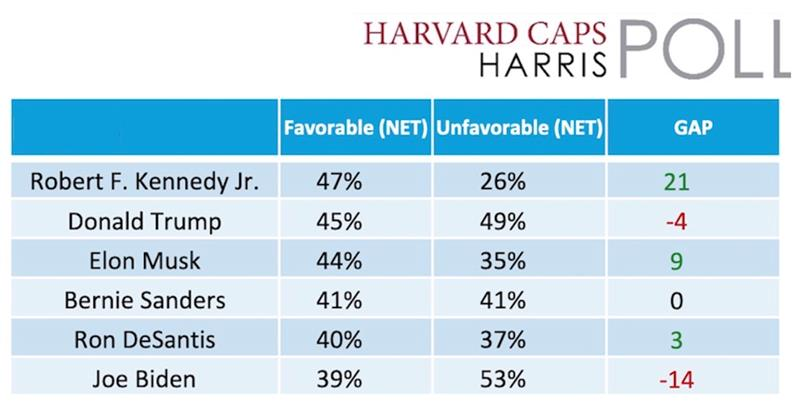Think back to the last time you stepped foot into your office. Was it a cacophony of busy chatter, telephone rings, and the hum of the photocopier, or was it the quiet sound of keyboard clatter and mouse clicks? Did you see a sea of similar faces, or was it a vibrant tapestry of diverse individuals? The modern workplace has transformed significantly over the years, with an emphasis on diversity and innovation. A mixture of cultures, genders, ages, and ideas is not just a common sight but a highly desirable one in both the public and private sectors (Joshi & Roh, 2009).
The Evolution of our workplaces
To appreciate the shifts in the contemporary workplace, it's worth understanding how we got here. Previously, workplaces were all about hierarchy, with clear distinctions between the roles and responsibilities of senior and junior employees. There was less emphasis on individuality, and more on fitting into predefined roles (Kaufman, 2015).
Fast forward to the present day, and it’s clear that things have changed. Our workplaces are no longer confined to four walls. With advancements in technology, the advent of the internet, and the rise of remote work, the way we work and collaborate has undergone a complete revolution (Kaplan & Haenlein, 2016). Diversity is no longer seen as an obligation, but as a strength that brings new perspectives and drives innovation.
Embracing Diversity in the Workplace
Diversity in the workplace is more than a social responsibility; it’s a strategic asset. A mix of backgrounds, experiences, and ways of thinking allows for more creative problem solving and decision making (Richard, Roh, & Pieper, 2013). By embracing diversity, organizations are not only promoting social equality but are also putting themselves in a position to thrive in an increasingly globalized world.
A notable example of a company that has reaped the benefits of diversity is IBM. Known for their diverse workforce and inclusive culture, IBM has been consistently recognized for their commitment to diversity and has found that this approach fosters a more innovative and dynamic work environment (IBM, 2021).
The effects of diversity are not limited to the private sector. Governments worldwide are recognizing the importance of diversity in the public sector, too. In Canada, for instance, the government has implemented strategies to ensure representation from all groups, fostering a diverse and inclusive public service (Government of Canada, 2021).
Harnessing Innovation in the Modern Workplace
As we navigate an ever-evolving business landscape, innovation has become a non-negotiable. To keep up with rapid technological advancements and changing consumer behaviors, organizations must foster a culture that encourages innovative thinking and embraces new ideas (Lopez, Peon, & Ordas, 2005).
One of the ways to drive innovation is by breaking down hierarchical barriers and promoting open communication. This gives everyone, irrespective of their role, an opportunity to contribute ideas, which leads to a wider pool of creative solutions (Choi, Tran, & Park, 2015).
Take Google, for instance. The tech giant is known for its flat organizational structure and the '20% time' policy, where employees are encouraged to spend 20% of their time on side projects, fostering creativity and innovation. This policy has led to the creation of some of Google's most successful products, like Gmail and AdSense (Google, 2020). Similarly, in the public sector, governments are turning towards open innovation strategies to enhance public service delivery and solve complex social problems (Hilgers & Ihl, 2010).
Integrating Diversity and Innovation: A Winning Combination
So, what happens when diversity and innovation meet? You get a dynamic and exciting synergy that leads to groundbreaking ideas and solutions. A diverse workforce brings a wealth of perspectives, experiences, and skills to the table, enriching the ideation process. Coupled with a culture that values and promotes innovation, this diversity can lead to extraordinary results (Yang & Konrad, 2011).
Consider the case of Novartis, a global healthcare company. They have an impressive commitment to diversity and inclusion, actively recruiting employees from various backgrounds and experiences. Coupled with their strong emphasis on innovation, this has allowed Novartis to remain a leader in their field, continuously developing new drugs and treatments that improve patient outcomes (Novartis, 2022).
The integration of diversity and innovation isn't limited to the private sector; it's just as relevant in the public sector. For example, the City of Los Angeles has leveraged diversity and innovation to deliver better public services and outcomes. They have assembled a team with diverse backgrounds and skillsets, fostering a culture of creativity and innovation to develop novel solutions to public challenges (City of Los Angeles, 2022).
One of the key takeaways from our dive into the modern workplace is that diversity and innovation are not mutually exclusive but are indeed two sides of the same coin. In the dynamic arena of today’s work environment, these elements interact and reinforce each other to create a fertile ground for groundbreaking ideas and successful execution.
Consider the example of Pixar, the animation studio that gave us timeless classics like Toy Story and Finding Nemo. At the heart of Pixar's success is its culture of diversity and innovation. With a team comprising individuals of different backgrounds, skills, and experiences, Pixar has been able to push the boundaries of animation (Catmull, 2008). This diversity fuels innovation, with employees bringing unique perspectives and creative ideas, leading to some of the most groundbreaking films in the animation industry.
In the public sector, cities like Barcelona are proving how diversity and innovation can drive positive change. Known for its "smart city" initiatives, Barcelona uses a team of diverse talents to innovate and improve city life. These efforts have led to numerous advancements in areas like transportation, energy, and quality of life, showcasing the potent combination of diversity and innovation (Townsend, 2013).
Looking Ahead: The Future of Work
So what does the future hold for the workplace? As the 21st-century marches on, we can expect diversity and innovation to remain at the forefront. The integration of AI and automation in our work lives will undoubtedly bring new challenges and opportunities (Brynjolfsson & McAfee, 2014). With these technologies come the possibilities for even greater innovation, while the need for a diverse workforce equipped to handle and leverage these advancements becomes even more apparent.
Moreover, as the gig economy expands and remote work becomes even more prevalent, organizations will need to adapt and ensure these new ways of working are inclusive and innovative. The organizations that succeed will be those that can harness the power of diversity and innovation, creating an environment where all employees feel valued and are encouraged to bring forth their unique ideas (Davies, 2019).
In conclusion, as the modern workplace continues to evolve, one thing remains clear: diversity and innovation are integral to its success. By valuing and promoting these elements, organizations—both in the public and private sectors—stand to benefit immensely. As we venture forward, let's take a moment to acknowledge the beauty of this dynamic tapestry of diverse individuals and ideas that constitute the modern workplace—may it continue to inspire and drive us towards a brighter, more inclusive future.
References
Brynjolfsson, E., & McAfee, A. (2014). The second machine age: Work, progress, and prosperity in a time of brilliant technologies. New York: W. W. Norton & Company.
Catmull, E. (2008). How Pixar fosters collective creativity. Harvard Business Review, 86(9), 64-72.
Choi, S. B., Tran, T. B. H., & Park, B. I. (2015). Inclusive leadership and work engagement: Mediating roles of affective organizational commitment and creativity. Social Behavior and Personality: an international journal, 43(6), 931-943.
City of Los Angeles. (2022). Los Angeles innovation team. Retrieved from
https://innovate.lacity.org/
Davies, A. (2019). The gig economy: Implications of the growth of contingent work. Anthem Press.
Government of Canada. (2021). Building a diverse and inclusive public service. Retrieved from
https://www.canada.ca/en/public-service-commission/services/publications/building-diverse-inclusive-public-service-final-report.html
Hilgers, D., & Ihl, C. (2010). Citizens' ideas in public innovation management: A preliminary analysis of the impacts in public innovation fields. Proceedings of the 3rd International Seminar on Future-Oriented Technology Analysis (FTA): Impacts and implications for policy and decision-making.
IBM. (2021). Diversity & inclusion. Retrieved from
https://www.ibm.com/employment/inclusion/
Joshi, A., & Roh, H. (2009). The role of context in work team diversity research: A meta-analytic review. Academy of Management Journal, 52(3), 599-627.
Kaplan, A. M., & Haenlein, M. (2016). Higher education and the digital revolution: About MOOCs, SPOCs, social media, and the Cookie Monster. Business Horizons, 59(4), 441-450.
Kaufman, B. E. (2015). The historical development of American HRM broadly viewed. Human Resource Management Review, 25(2), 146-158.
Lopez, S. P., Peon, J. M., & Ordas, C. J. (2005). Organizational learning as a determining factor in business performance. The Learning Organization, 12(3), 227-245.
Novartis. (2022). Diversity and inclusion. Retrieved from
https://www.novartis.com/our-company/diversity-and-inclusion
Richard, O. C., Roh, H., & Pieper, J. R. (2013). The link between diversity and equality management practice bundles and racial diversity in the managerial ranks: Does firm size matter? Human Resource Management, 52(2), 215-242.
Townsend, A. M. (2013). Smart cities: Big data, civic hackers, and the quest for a new utopia. W. W. Norton & Company.
Yang, Y., & Konrad, A. M. (2011). Diversity and organizational innovation: The role of employee involvement. Journal of Organizational Behavior, 32(8), 1062-1083.
Google. (2020). Our culture. Retrieved from
https://about.google/intl/en_us/our-culture/














